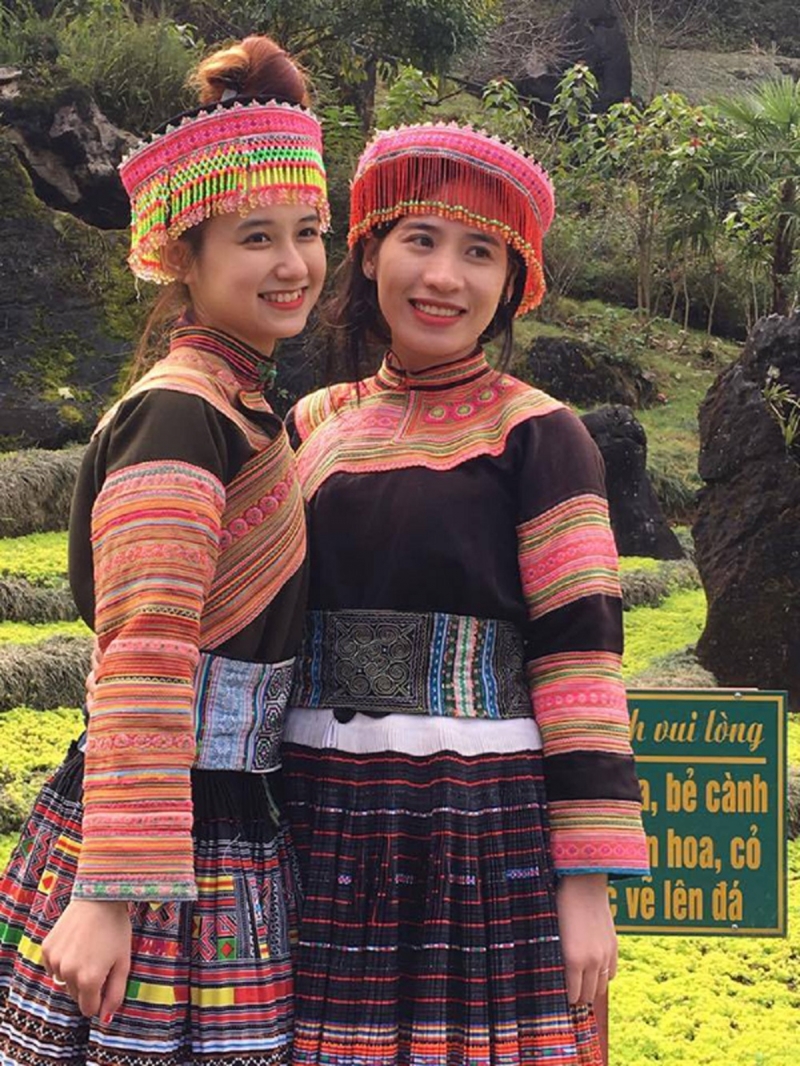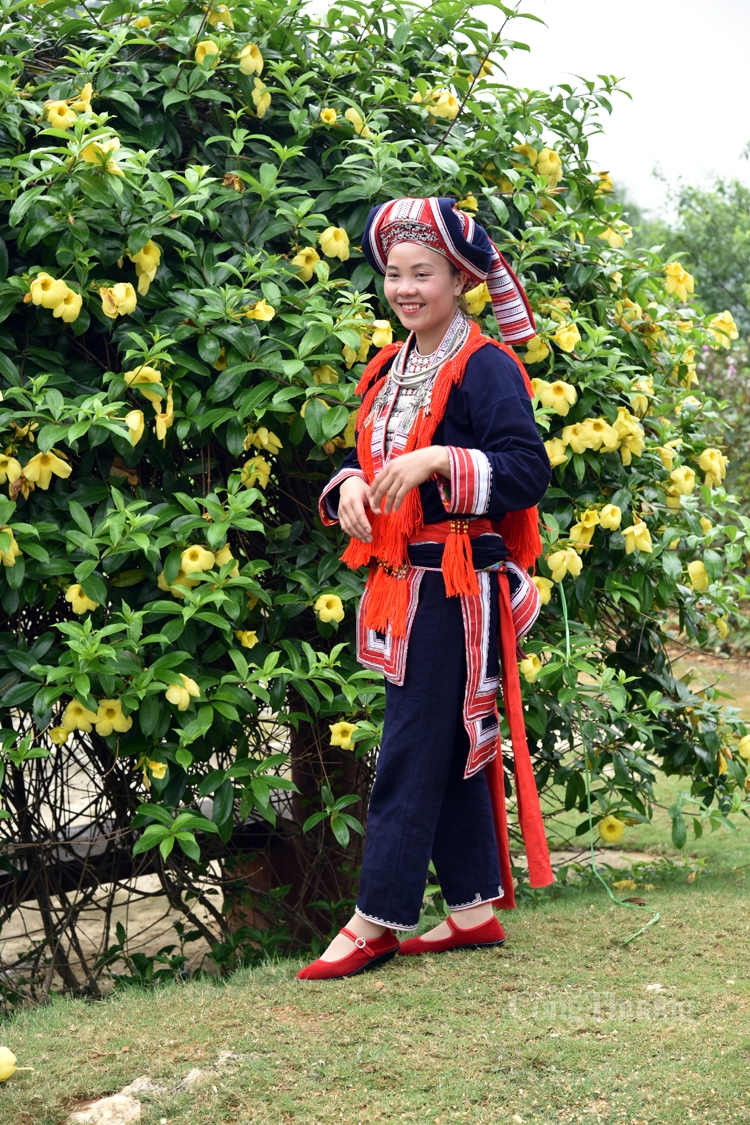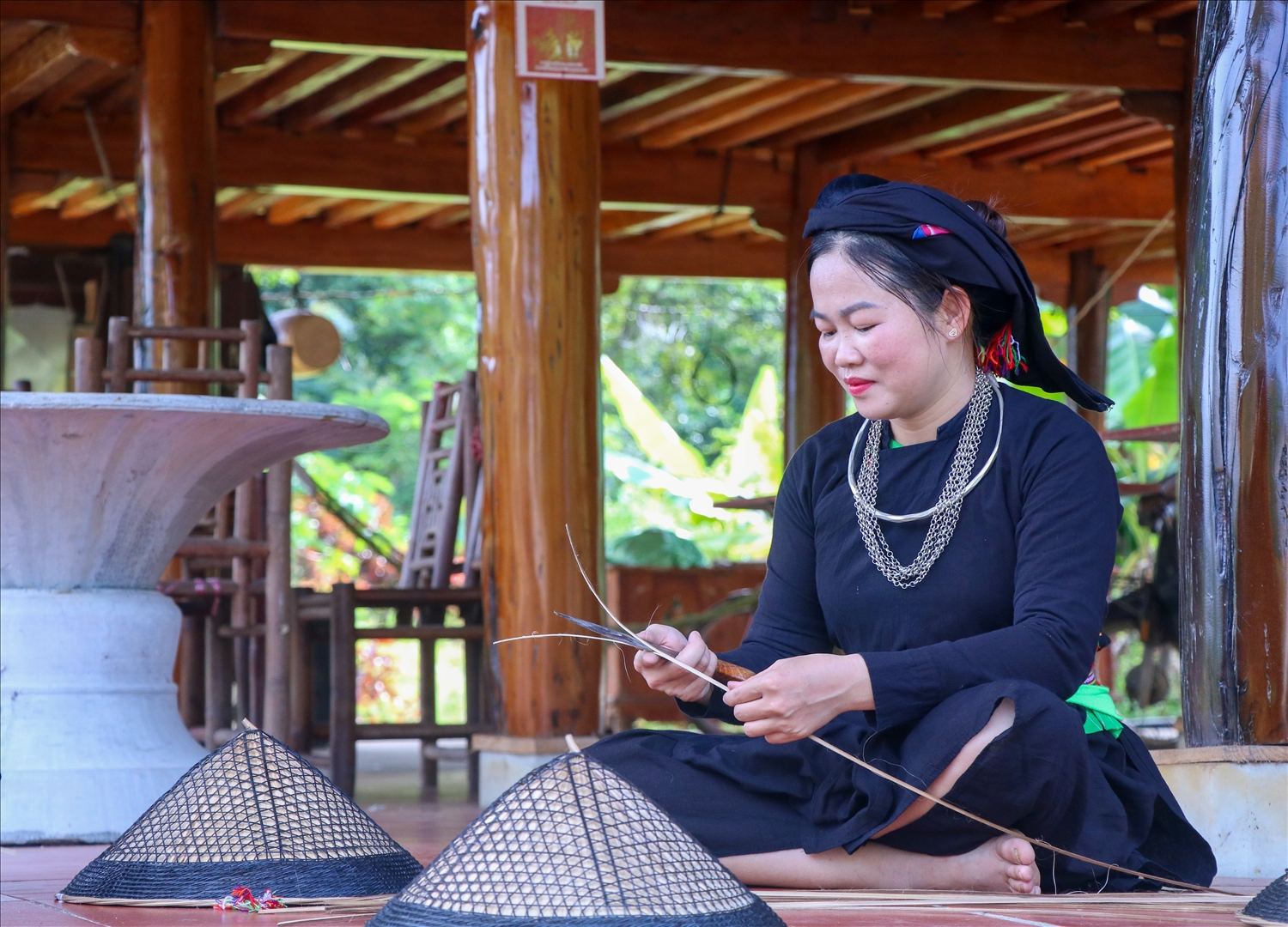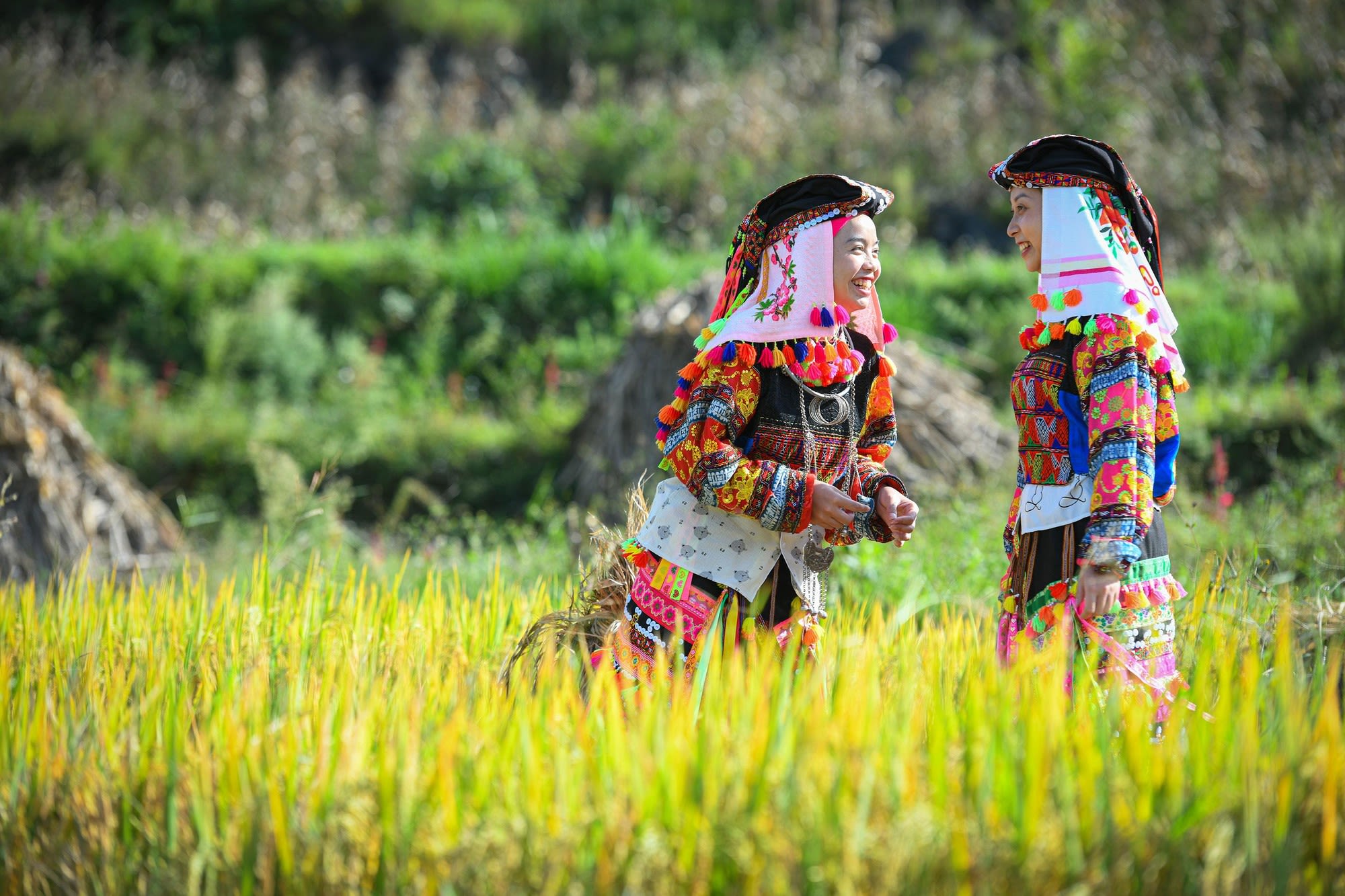Blog
Ethnic Minorities in Ha Giang - Traditions and Daily Life in the Highlands

Please log in to continue

Ethnic Minorities in Ha Giang - Traditions and Daily Life in the Highlands
September 20, 2025
Ethnic Minorities in Ha Giang
Ha Giang, located in Northern Vietnam, is not only famous for its dramatic rice terraces and limestone mountains, but also for its vibrant community of ethnic minorities. More than 20 groups live here, each with distinct traditions, heritage, and lifestyle. Exploring the highlands means meeting these communities, whose culture is deeply woven into the landscape and daily life.
The Hmong
The Hmong are the largest ethnic group in Ha Giang. Known for their colorful traditional costumes—embroidered textiles with silver jewelry—the Hmong live in villages high on the mountain slopes. Farming is central to their lives, especially tending maize, rice terraces, and livestock. Their famous weekly markets, such as Dong Van or Meo Vac, are not only for trade but also for social connection, storytelling, and celebration.
The Dao (Yao)
The Dao people are recognized by their red headdresses or long embroidered tunics. Many Dao families specialize in herbal medicine, traditional healing, and textile weaving, skills passed down through generations. Their homes are often found near forests, reflecting their close relationship with nature.
The Tay
The Tay people are usually found in valleys and lower hills. Their stilt houses, built from wood and palm leaves, are distinctive landmarks of the landscape. Tay culture emphasizes community spirit, with festivals, folk songs, and dances playing a central role in village life.
The Lo Lo, Pu Peo, and Others
Smaller groups such as the Lo Lo and Pu Peo add to Ha Giang’s diverse heritage. The Lo Lo, known for their elaborate costumes and sacred rituals, are among Vietnam’s least populous groups, making encounters with them rare and unforgettable.
A Living Culture in the Highlands
Despite differences, these ethnic minorities share a deep connection to the land and seasonal rhythms. Daily life revolves around farming, family, and festivals. Visitors trekking through Ha Giang will often meet villagers working in the fields, weaving thổ cẩm (textiles), or gathering at local markets. Each interaction offers an authentic glimpse into a way of life that has been preserved for centuries.
Experiencing Ha Giang means more than admiring scenic landscapes—it’s about understanding the people who make this region so unique.